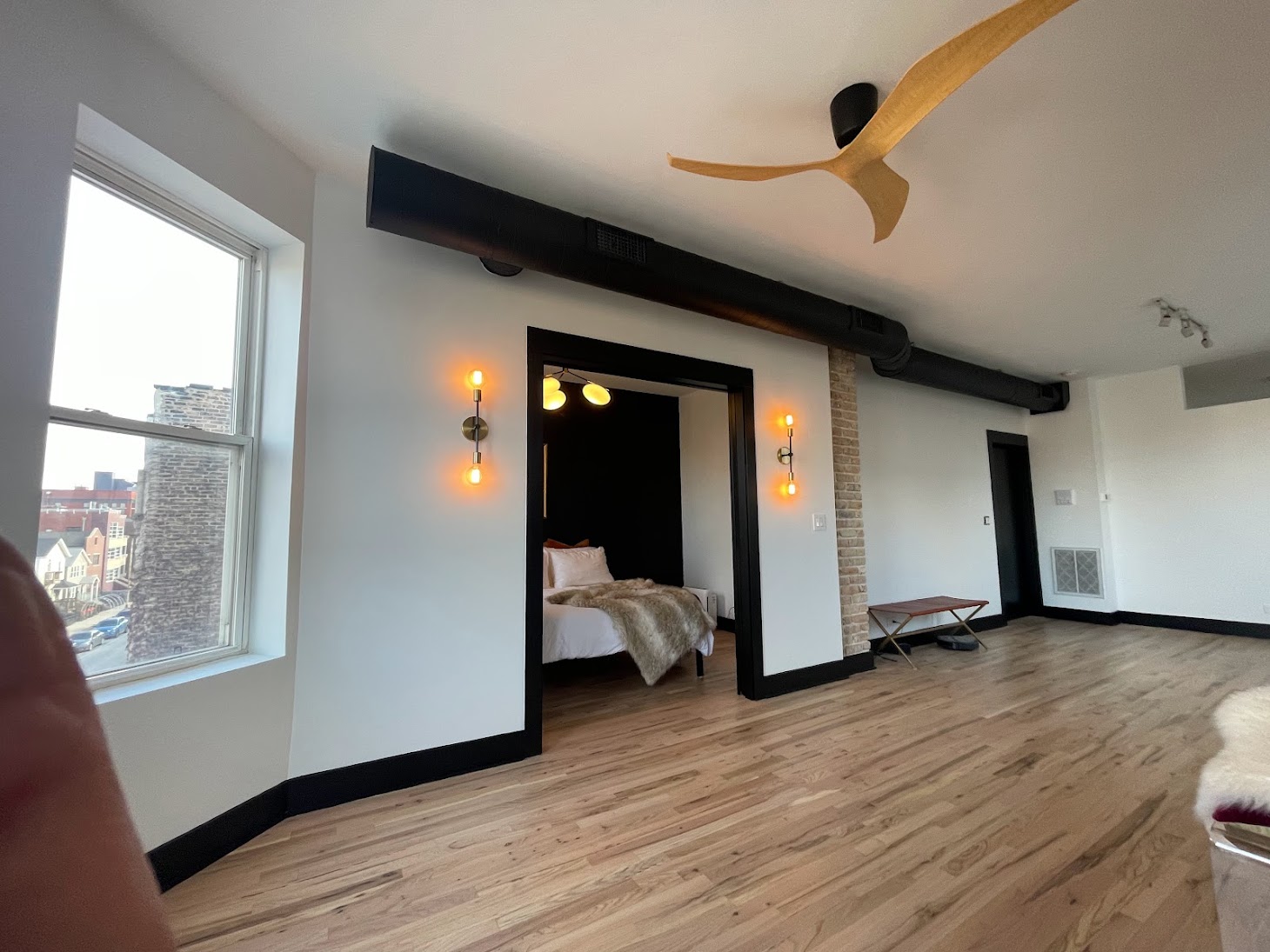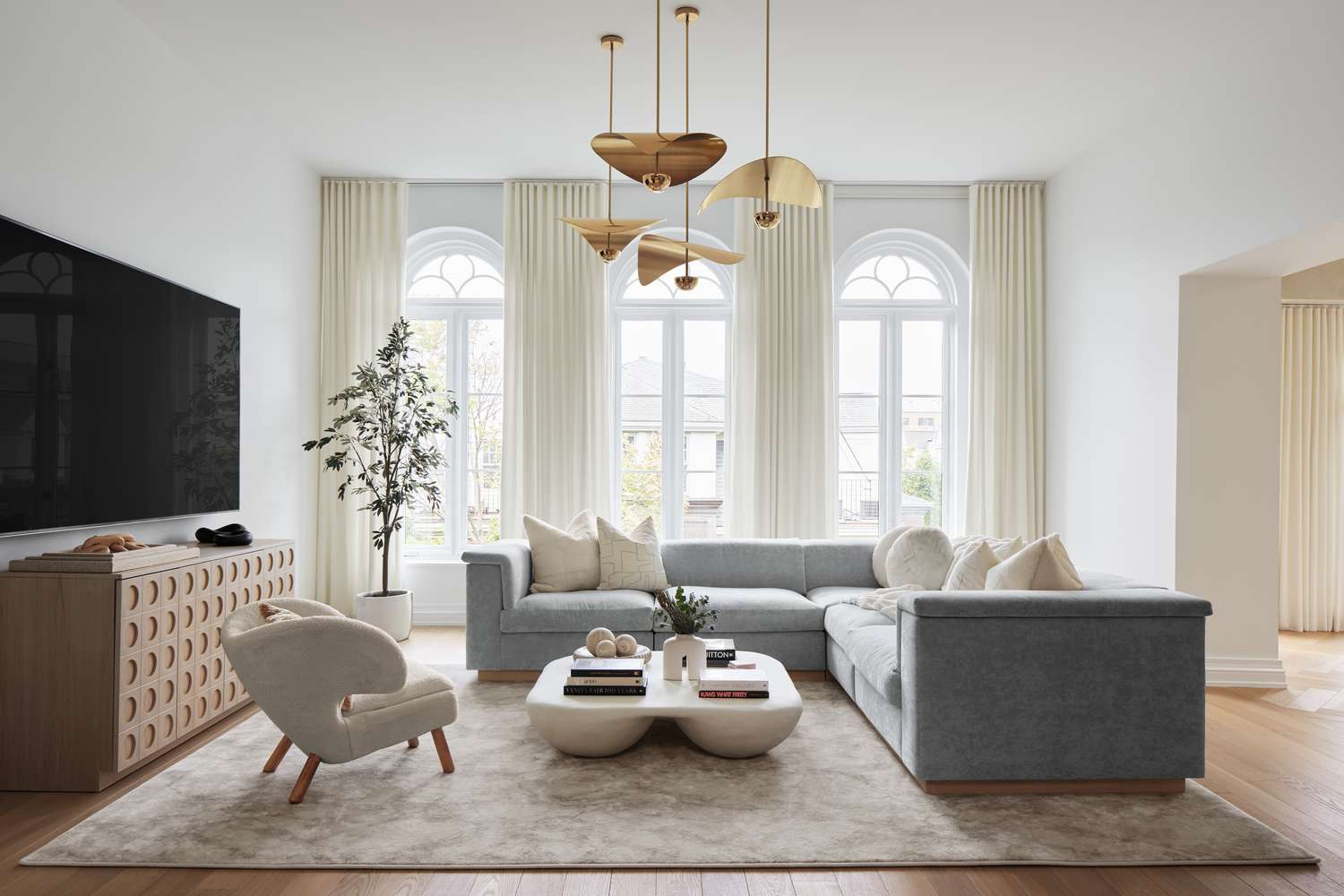With Chicago’s diversity extending even to its walls knowing the difference between Plaster vs Drywall is fundamental for any home owner.
Plaster has been used for centuries. It’s known for its durability and sound-proofing qualities. Drywall is a newer option. It’s easier to install and costs less.

The main difference between plaster and drywall is their composition and installation process. Plaster is a wet mixture applied in layers, while drywall comes in pre-made panels. This affects how they look, feel, and perform in your home.
Plaster vs Drywall – The basics
| Plaster | Drywall |
| Heavy material weight High skill/cost Install Durable Superior sound proofing | Light weight Moderate skill/cost install Easily damaged Easier to repair |
Fundamental Composition of Plaster and Drywall
Plaster and drywall are two distinct materials used for wall construction. They differ in their ingredients, application methods, and manufacturing processes.
Plaster: Ingredients and Application
Plaster is a mixture of lime, sand, and water. Some types also include gypsum. Builders apply plaster in layers to create smooth walls.
The first layer, called the scratch coat, is rough. It helps the next layers stick better. The second layer is the brown coat. It evens out the surface.
The final layer is the finish coat. It gives the wall its smooth look. Plaster can be tinted or painted once it dries.
Applying plaster takes skill. It’s a wet process that needs time to dry between coats. This can take several days to complete.
Drywall: Core Material and Manufacture
Drywall is made of gypsum pressed between two sheets of paper. The gypsum core contains additives that make it fire-resistant.
Factories produce drywall in large sheets. These sheets come in standard sizes, usually 4 feet wide and 8 to 12 feet long.
The paper on each side of the drywall serves different purposes. The front side is smooth for painting. The back side is rougher to help it stick to the wall.
Installing drywall is faster than plastering. Workers cut the sheets to fit and use drywall screws to secure them to wall studs. They then cover the seams with tape and joint compound.
Durability and Performance Comparison

Plaster and drywall differ in their longevity and ability to withstand wear and tear. Each material has unique strengths that impact its durability over time.
Longevity of Plaster
Plaster walls can last for decades with proper care. They resist cracks and dents better than drywall due to their harder surface. Plaster also provides superior soundproofing and insulation.
The thickness of plaster allows for deeper textures and design details. This makes it popular for historic restorations and high-end homes.
Plaster does have some drawbacks. It can be prone to water damage if exposed to moisture. Repairs are often costly and require specialized skills.
Drywall Resistance and Quality
Drywall is more vulnerable to dents and holes than plaster. Its paper surface can tear if hit with force. However, drywall is easier and cheaper to repair when damage occurs.
Modern drywall comes in moisture-resistant and fire-resistant varieties. These improve its durability in bathrooms and other high-risk areas.
Drywall installation is faster and less messy than plastering. This makes it the go-to choice for most new construction projects.
The quality of drywall can vary. Higher-grade products offer better soundproofing and impact resistance. Proper installation is key to maximizing drywall’s performance.
Installation and Labor Considerations

Plaster and drywall have different installation processes that affect time, skill, and cost. The choice between them depends on project needs and available resources.
Timeframe and Skill for Plaster
Plastering takes more time and skill than drywall installation. A professional plasterer needs several days to finish a room. The process involves multiple layers and drying time between coats.
Mixing plaster requires precision. Applying it evenly takes practice and expertise. Plasterers often train for years to master the craft.
The finish coat needs careful smoothing to achieve a flawless surface. This step can be time-consuming but results in a high-quality look.
Ease of Drywall Installation
Drywall installation is faster and simpler than plastering. A team can hang and finish drywall in a room within a day or two.
The process involves cutting panels to size, attaching them to studs, and taping seams. Joint compound covers the seams and screw holes.
Drywall doesn’t need special mixing skills. Many homeowners can handle basic drywall work themselves.
Sanding the dried joint compound creates a smooth surface. This step can be dusty but is less labor-intensive than plaster finishing.
Cost and Accessibility Differences

Plaster and drywall differ in their market availability and overall costs. These factors can impact a homeowner’s choice between the two materials for their walls and ceilings.
Market Availability of Plaster and Drywall
Drywall is widely available at most home improvement stores and building supply centers. It comes in standard sizes and thicknesses, making it easy to purchase and transport. Many contractors and DIY enthusiasts can find drywall materials quickly.
Plaster materials are less common in retail settings. Specialized suppliers often carry plaster products. Finding skilled plasterers can be challenging in some areas, as the trade is less prevalent than drywall installation.
Comparative Cost Analysis
Drywall is typically less expensive than plaster for both materials and labor. A square foot of installed drywall can cost $2 to $3, while plaster may range from $4 to $6 per square foot.
Plaster installation takes more time and skill, leading to higher labor costs. It often requires multiple coats and drying time between applications. Drywall goes up faster, reducing labor expenses.
Long-term maintenance costs can vary. Plaster tends to be more durable, potentially saving money on repairs over time. Drywall may need more frequent touch-ups or replacements in high-traffic areas.
Frequently Asked Questions
Plaster and drywall have key differences in cost, identification, installation, and modern usage. Let’s explore some common questions about these wall materials.
What are the key differences in cost between plaster and drywall?
Plaster typically costs more than drywall. The materials for plaster are pricier, and it takes longer to install. Skilled plasterers command higher wages too.
Drywall is cheaper to buy and quicker to put up. This makes it a more budget-friendly choice for many projects.
How can one tell if a wall is made of plaster or drywall?
Plaster walls feel harder and smoother when tapped. They often have slight curves or waves.
Drywall feels hollow when knocked on. It has visible seams every 4 feet where panels meet.
A small hole in plaster reveals multiple layers. Drywall shows paper backing and a gypsum core.
What considerations should be taken into account when hanging pictures on plaster versus drywall?
Plaster needs special anchors or screws. It’s brittle and can crack easily.
Drywall allows for regular picture hooks or nails for lighter items. Heavier objects need wall anchors.
Test the wall’s strength before hanging anything heavy on either surface.
How do plaster and drywall compare when it comes to ceiling installations?
Plaster ceilings are heavier but offer a smooth, seamless look. They’re great for custom designs and curves.
Drywall ceilings are lighter and faster to install. They work well for flat surfaces and can be textured.
Both need proper support to prevent sagging over time.
In what ways do plaster and drywall compounds differ from each other?
Plaster compound is made of lime, sand, and water. It hardens through a chemical reaction.
Drywall compound, or joint compound, is gypsum-based. It dries through evaporation.
Plaster is tougher and more durable. Drywall compound is easier to sand and shape.
Why is drywall more commonly used today in place of plaster?
Drywall is faster to install, which saves time and money. It’s also easier to repair and modify.
Fewer workers today have the skills needed for plastering. This makes drywall a more practical choice.
Drywall offers good fire resistance and insulation at a lower cost than plaster.








